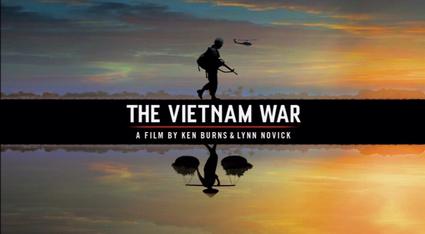D
DaveBj
Guest
On the contrary, it is a new series. It was 10 years in the making, but the premier was last month.So this is not a new production?

On the contrary, it is a new series. It was 10 years in the making, but the premier was last month.So this is not a new production?

Thank you. I thought this was a new one, but I was thinking PBS had shown another series on the war in Viet Nam.7_Sorrows:
On the contrary, it is a new series. It was 10 years in the making, but the premier was last month.So this is not a new production?
The Vietnam War (TV series) - Wikipedia
They didn’t show the assassination of President Kennedy, but they did refer to it. They did show the aftermath of the assassinations of South Vietnamese President Ngo Dinh Diem and his brother.Did they show the assassination of the leader of Viet Nam and President Kennedy or will that be episode 3?
I guess I fell asleep during those parts then.7_Sorrows:
They didn’t show the assassination of President Kennedy, but they did refer to it. They did show the aftermath of the assassinations of South Vietnamese President Ngo Dinh Diem and his brother.Did they show the assassination of the leader of Viet Nam and President Kennedy or will that be episode 3?
Edit to add: The LBJ era is covered thru Ep 6, which I watched last night. There are a lot of taped conversations played between LBJ and some of his top advisors, and I was continually amazed at the banality of these men.
D
A mere 382 F105s lost. I confess to being astounded. I’m certainly no military expert, but on the other hand, I’ve read a few books and watched a lot of TV. If someone had come along and asked me to guess the numbers lost, I would have guessed well below 10% of the actual totals.Sigh.
Are you sitting down?
Look up the F-105 Thunderchief.
[Still sitting down?]
